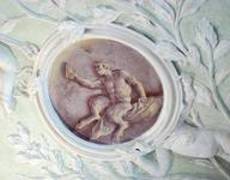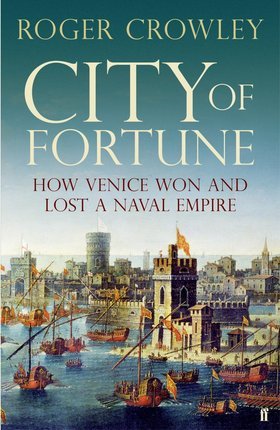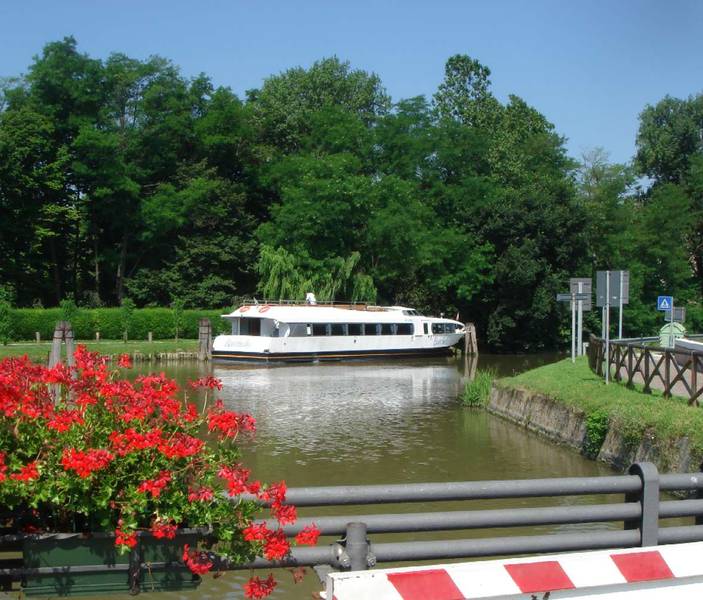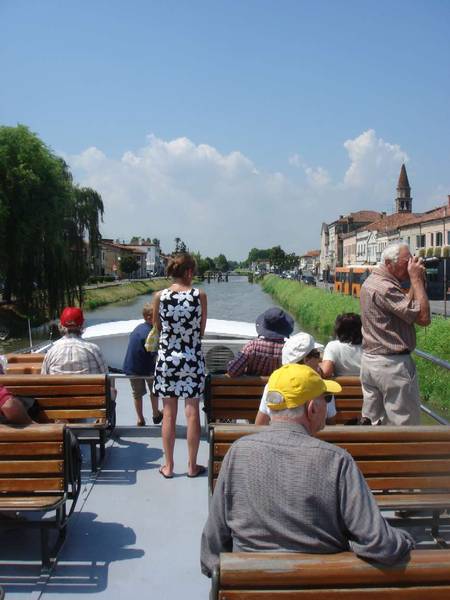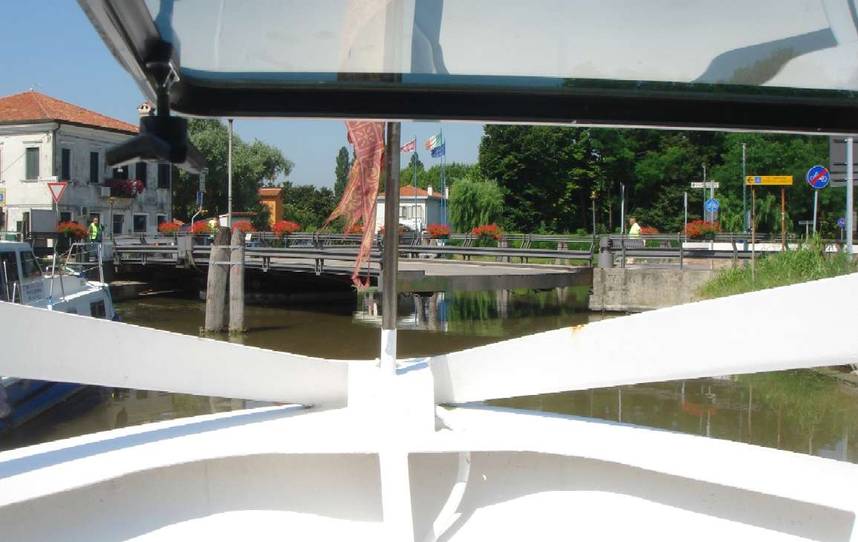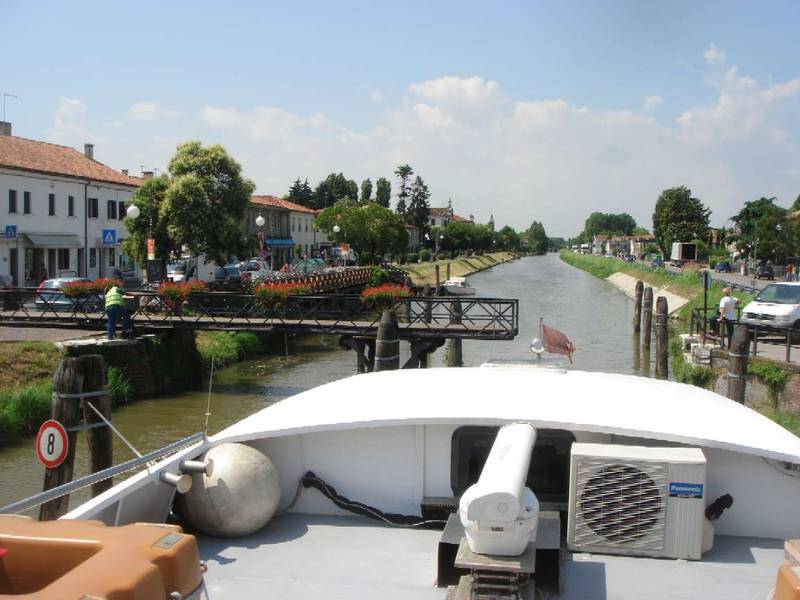A day trip to the island of Murano, famous for a thousand years for its production of glass. The island is about 20 mins from Venice itself.
We took vaporetto #82 from the Giudecca, riding all the way round the bottom of the Bienale gardens and Arsenale, up the Fondamento Nuovo on the other side, across past the cemetery island and to the island of Murano. Actually to the second stop on Murano called Faro, which means lighthouse, when you’re there you’ll see there’s a pretty obvious reason why it’s called the lighthouse stop. Also why the café (below) where we had a cappucino is called the Café al Faro.
What Murano is, and always has been, known for is its glass. They’ve been moulding, blowing, coloring, adding fiddly bits to the stuff and SELLING it for around a millenium and a half. You may not like it, indeed some of it is pretty gaudy, but it’s what Murano is, and as I say, always has been, about.
Here is HV Morton in 1964: “indeed most of the glass on view looked to me hideous and I thought is sad to see such an ancient craft in decline. Among the memories of such displays are windows full of glass harlequins, some standing on their heads . . . and vulgar little goblets . . . One longed to see something simple and beautiful. Curiously enough that is what people said in the sixteenth century, when, looking round for something to take home they were repelled by drinking glasses in the shape of ships, whales, lions and birds.” But he thinks good stuff has been and still can be made; on the glass museum he says: here “can be seen the Venetian glass of one’s dreams: chalices, reliquaries, graceful cups, plates and bowls as thin as air.”
The rather more snobbish JG Links in Venice for Pleasure a couple of years later (1966) has the opposite view: “It is quite astonishing that anything so highly regarded throughout the world for so many centuries should be of such uniform hideousness, and we cannot blame the modern designers. The shortest visit to the Museum, and that will be scarcely short enough, will demonstrate that, with very few exceptions, it has always been the same.”
Anyway the good news, for us at least, was that JG was wrong. There is some fascinating and some very beautiful stuff in the museum, which traces the manufacture of glass back to, and before, the Romans. Ever wondered what the Romans used to mix their maritinis? Here are cocktail stirrers (well that’s what they look like) from 100 ad:
and some very beautiful stuff, diamond engraved from before wheel engraving was belatedly learned from Bohemia:
Anyway it’s all there, worth learning about the different periods of Venetian glass, its origins when descendants of Roman glass makers fled barbarian invasions to the safety of the islands in the lagoon in the 700s, its 1400s and 1500s heyday when Venice controlled much of Europe’s glass manufacture (confining it to the island of Murano because of the risk of fire from the 15 furnaces burning at 2,000 degrees F), it’s decline as production shifted to Bohemia and elsewhere, its 1800s revival as ornamental glass, which continues, with ups and downs, to this day.
We visited a glassworks, managed not to buy anything, but always fun to see the glassblower blowing and moulding the blobs of glowing, molten glass.
We looked into the church of San Pietro Martire, there is a Bellini on the wall on the left of the side door that you enter by. Unrestored and badly lit it is not easy to see, a doge thoughtfully had it painted so that his two daughters incarcerated in a convent could contemplate it and pray for his soul after his death. Three beautifully painted birds on the bottom right of the picture, the Blue Guide tells us the peacock represents eternal life, the heron long life. And the partridge? Then lunch in a very local eatery down a narrow entrance on the other side of the canal from San Donato (which I’ll come to later). An excellent simple lunch, some olives stuffed with anchovies served warm as a starter (olive a l’ascolana, I’ve not had them before), pasta, very tender breaded chicken breast, good house white wine (as we have found often in Venice the house white better than the house red).
After lunch we crossed back over the canal to the spectacular Santi Maria e Donato, a beautiful Romanesque church (Veneto-Byzantine according to the Blue Guide) with an undulating marble and mosaic floor, some say to reflect the waves on the lagoon, others more prosaically say it’s the result of 1,000 years of subsidence. The Byzantine “praying” Madonna in the apse on a background of gold is stunning.
After that back, in a light rain, to board a much quicker vaporetto (#5) than the one we came on, a 25 mins trip from the Murano Faro stop to S Zacaria.
